Perched atop the Mauna Kea mountain in Hawaii, a series of world-renowned observatories pierce the thin, cloudless skies. The Mauna Kea observatories have redefined the understanding of the cosmos, helping unravel mysteries that have captivated humanity for centuries. Home to the world’s largest astronomical observatory, the location serves as a testament to human curiosity and the pursuit of knowledge. In this post, you will dive into the geographical advantage of Mauna Kea, trace the history of its observatories, discuss the key observatories, and explore the technology that powers these celestial gateways.
The Geographical Advantage Of Mauna Kea
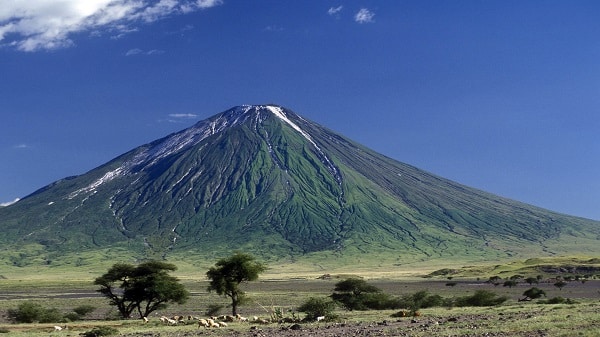
Mauna Kea, a dormant volcano in Hawaii, holds a unique geographical advantage, making it a prime location for astronomical observations. Standing tall at 13,796 feet above sea level, it is the highest point in the Pacific basin. Its altitude allows observatories to be above the inversion layer, reducing atmospheric turbulence and enabling clearer, more detailed images of the night sky.
Furthermore, Mauna Kea’s geographical isolation in the middle of the Pacific Ocean minimizes light and air pollution, which often interfere with astronomical observations. The dry, arid conditions atop Mauna Kea also reduce water vapor, which can absorb and distort certain wavelengths of light. The combination of altitude, isolation, and climatic conditions creates an unparalleled viewing platform for peering into the cosmos.
The History Of Mauna Kea Observatories
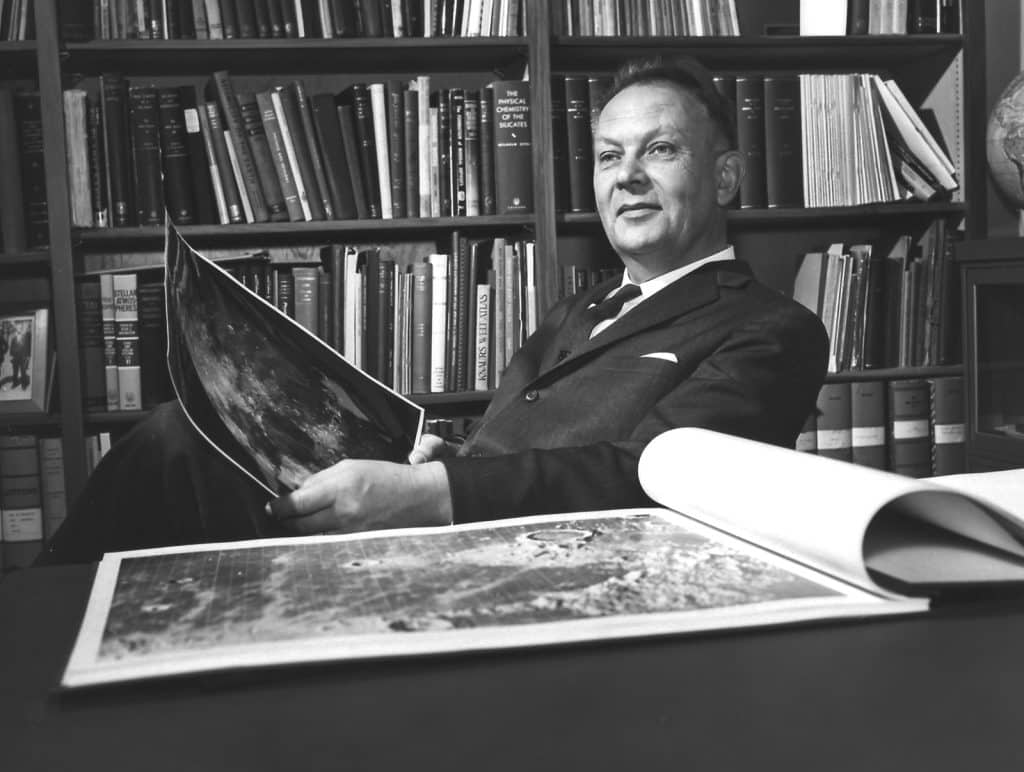
The first seed for Mauna Kea Observatories was planted in the 1960s when Gerard Kuiper, a renowned planetary scientist, conducted a site testing survey to determine the world’s premier location for astronomical observations. Mauna Kea’s summit emerged as the top candidate, marking the beginning of what would become a hub for groundbreaking astronomical discoveries.
The first observatory, the University of Hawaii 0.6 meter telescope, was constructed in 1968. In the subsequent years, larger and more sophisticated observatories were built. As technology progressed, these facilities housed larger mirrors and more advanced detectors. Over the decades, Mauna Kea Observatories has grown into a complex of thirteen observation facilities, each contributing to the expanding frontiers of astronomy and space sciences.
Major Observatories On Mauna Kea
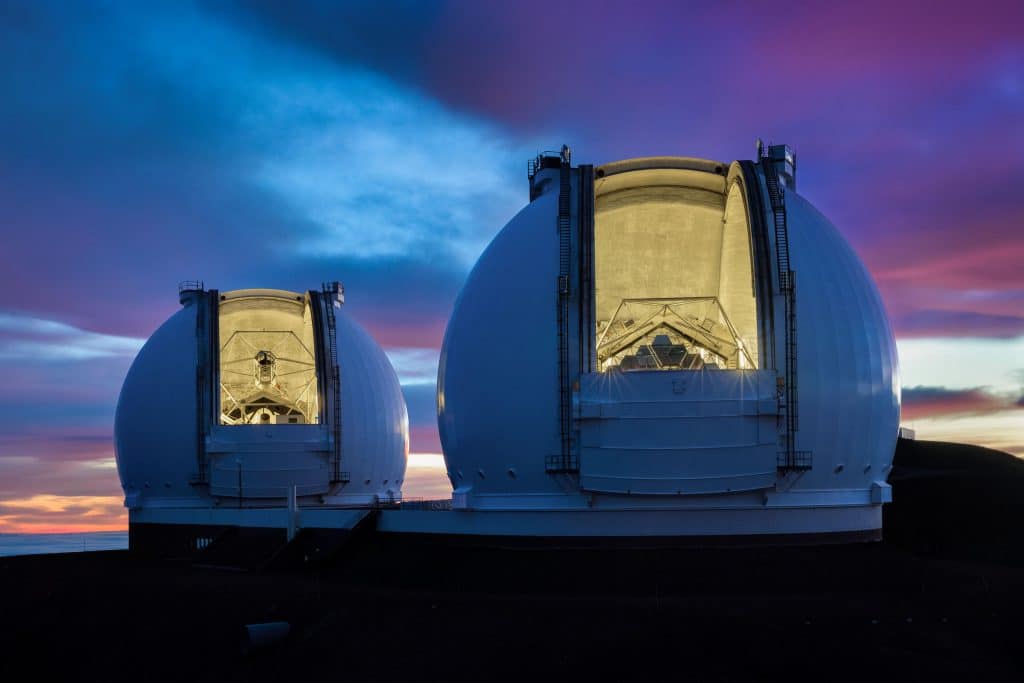
Mauna Kea is home to several major observatories, each with a specific research focus. The Keck Observatory houses the world’s largest optical and infrared telescopes. Each Keck telescope has a mirror measuring ten meters in diameter, enabling detailed studies of galaxies, nebulae, and star clusters.
Next, you have the Subaru Observatory, a facility run by the National Astronomical Observatory of Japan. Its 8.2-meter telescope specializes in wide-field imaging and spectroscopy, helping astronomers understand dark matter distribution and the evolution of galaxies. These observatories, along with others like the Gemini Observatory and the Canada-France-Hawaii Telescope, collectively contribute to a diverse range of astronomical research at Mauna Kea.
The Technology Behind The Observatories
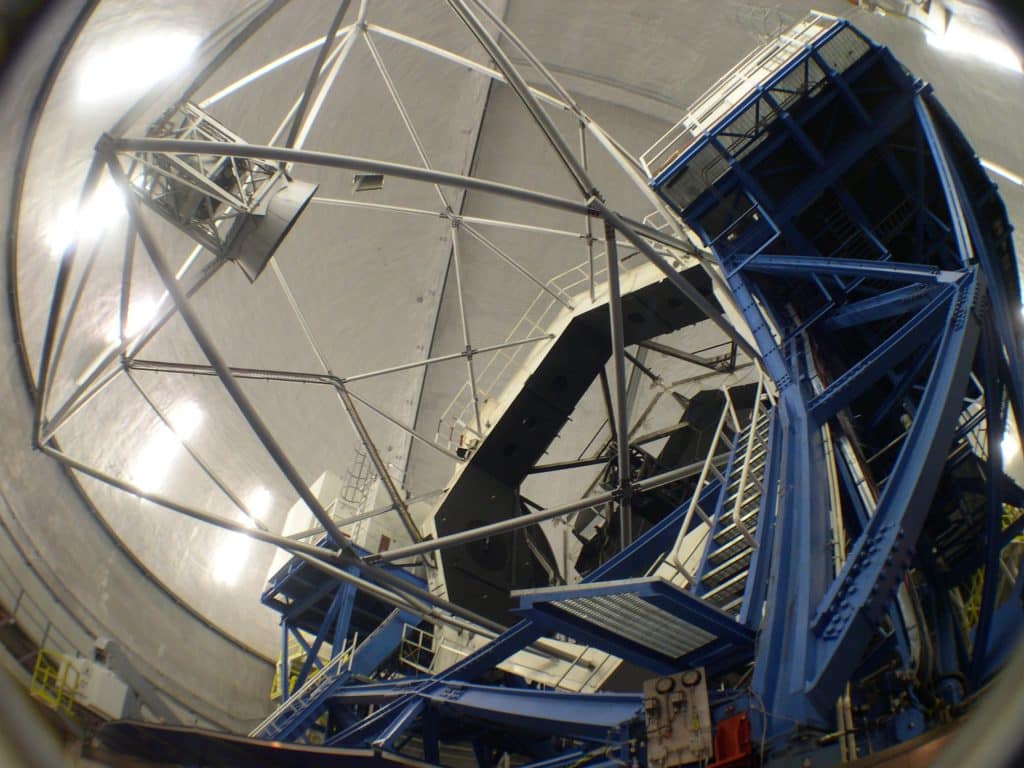
The observatories at Mauna Kea host a range of cutting-edge technologies that make these incredible cosmic explorations possible. The heart of each observatory is its telescope. These aren’t ordinary telescopes but complex feats of engineering. Telescopes like the ones at the Keck Observatory, with their 10-meter segmented mirrors, use adaptive optics to correct for atmospheric distortion, providing incredibly clear, high-resolution images.
Alongside telescopes, various advanced instruments such as spectrometers, infrared cameras, and polarimeters play crucial roles in capturing and analyzing data. The use of these technologies enables scientists to discern the physical and chemical properties of distant celestial bodies. Over the years, these technologies have evolved, leading to even more detailed observations and numerous astronomical breakthroughs.
Discoveries And Contributions To Astronomy
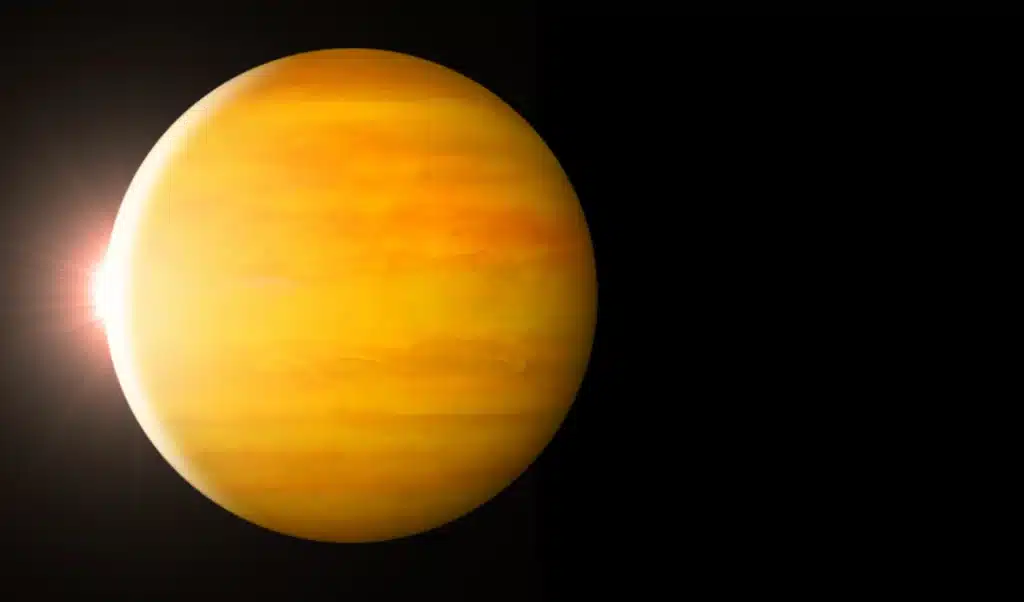
Mauna Kea Observatories have been at the forefront of many groundbreaking astronomical discoveries. The sheer size and sophistication of the telescopes have enabled detailed studies of galaxies, nebulae, stars, and planets. For instance, observations from the Keck Observatory contributed to the discovery of the accelerating expansion of the universe, a finding that won the Nobel Prize in Physics in 2011.
The observatories have also been instrumental in the study of exoplanets. The discovery of 51 Pegasi b, the first confirmed exoplanet orbiting a Sun-like star, was made possible through observations from Mauna Kea. These discoveries have not only expanded human knowledge of the universe but also challenged many to rethink their understanding of it.
The Role Of The Observatories In Education And Research

Beyond their astronomical contributions, Mauna Kea Observatories also play a crucial role in education and research. The observatories provide a platform for students and researchers worldwide to learn and contribute to the field of astronomy. Various programs, like the Akamai Internship Program, aim to provide local students with practical experience in high-tech careers, including astronomy.
The Mauna Kea Scholars program is another initiative that allows high school students to access observatory telescope time, enabling them to conduct original, professional astronomical research. These educational endeavors foster the next generation of scientists and engineers while also contributing to the local Hawaiian community’s educational and economic growth.
The Challenges And Controversies
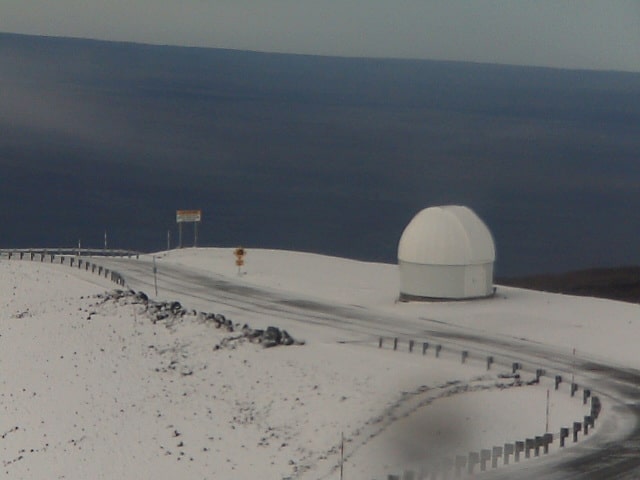
Despite its significant contributions to astronomy, Mauna Kea Observatories have faced numerous challenges and controversies. Operating and maintaining state-of-the-art observatories at such a remote location poses logistical and technical challenges. Weather conditions, particularly the risk of snow and ice, often complicate operations.
Furthermore, the construction of observatories on Mauna Kea has stirred controversy due to the mountain’s cultural significance to Native Hawaiians. It is considered a sacred site, and the expansion of astronomical facilities has led to conflicts and protests. Balancing scientific pursuits with local cultural sensitivities continues to be a significant challenge.
The Future Of Mauna Kea Observatories
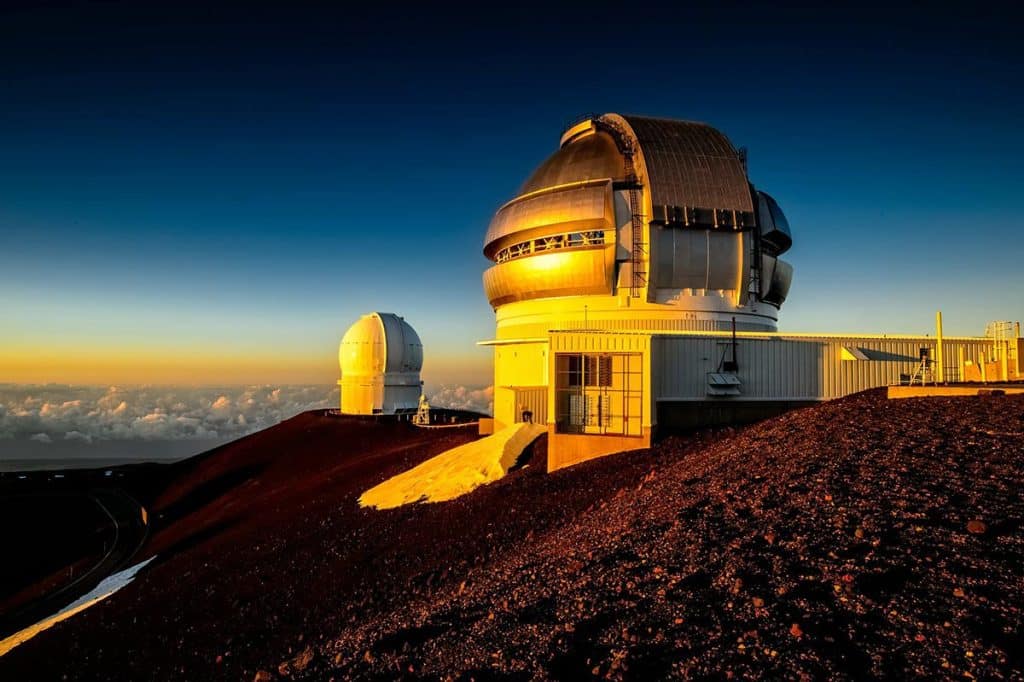
Looking ahead, Mauna Kea Observatories are set to play an even more prominent role in advancing the understanding of the cosmos. With advancements in technology, the observatories will likely house even more powerful instruments. The planned Thirty Meter Telescope (TMT) is set to be the most advanced and powerful optical telescope on Earth, though its construction has been the subject of controversy.
Despite the challenges, the future of Mauna Kea Observatories remains bright. As people continue to gaze into the worlds beyond, the observatories atop Mauna Kea will continue to guide the exploration, acting as humanity’s eyes into the mysteries of the universe.
The Everlasting Impact Of Mauna Kea Observatories
The Mauna Kea Observatories, standing tall on the Hawaiian mountain, are more than just instruments for observing the cosmos. They are a testament to human curiosity, resilience, and the pursuit of knowledge. They have played a central role in reshaping the understanding of the universe, fostering the next generation of astronomers, and pushing the boundaries of technological innovation. As you look forward to more discoveries and advancements, you can be sure that Mauna Kea Observatories will continue to play a major part in the cosmic journey!
